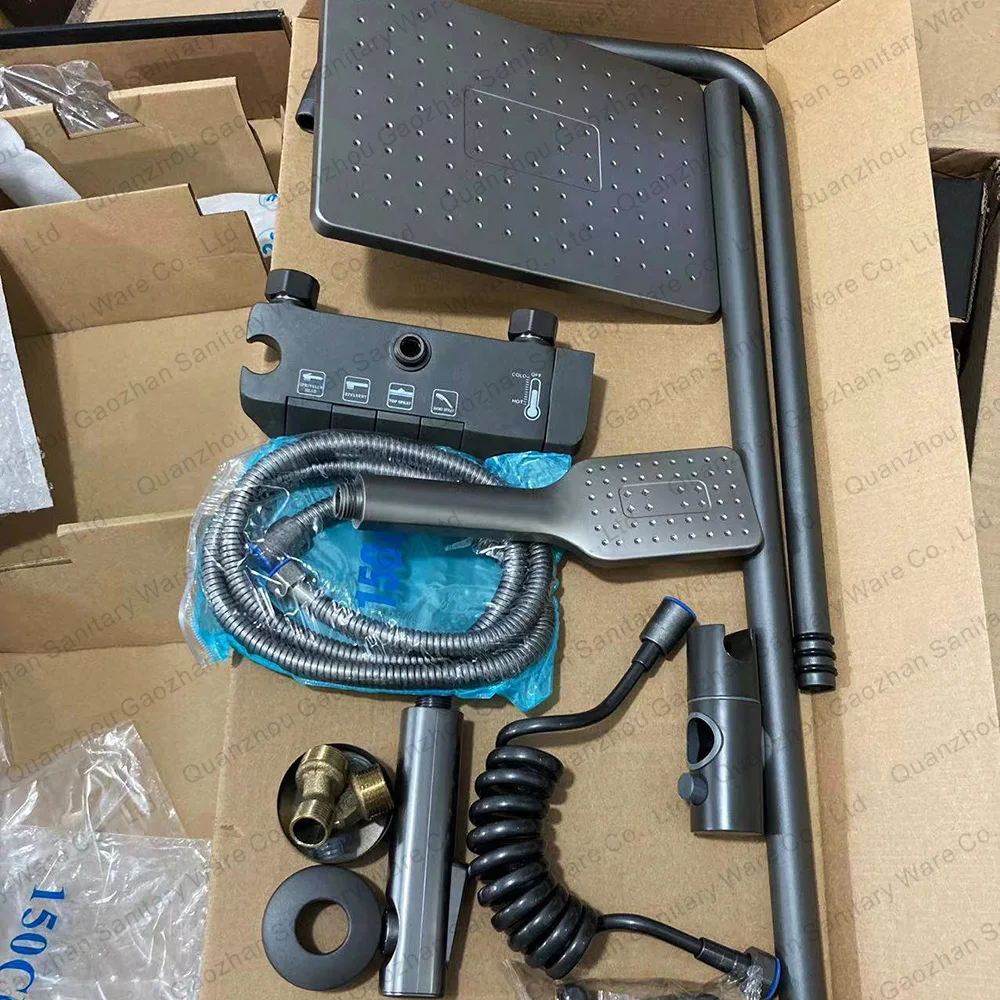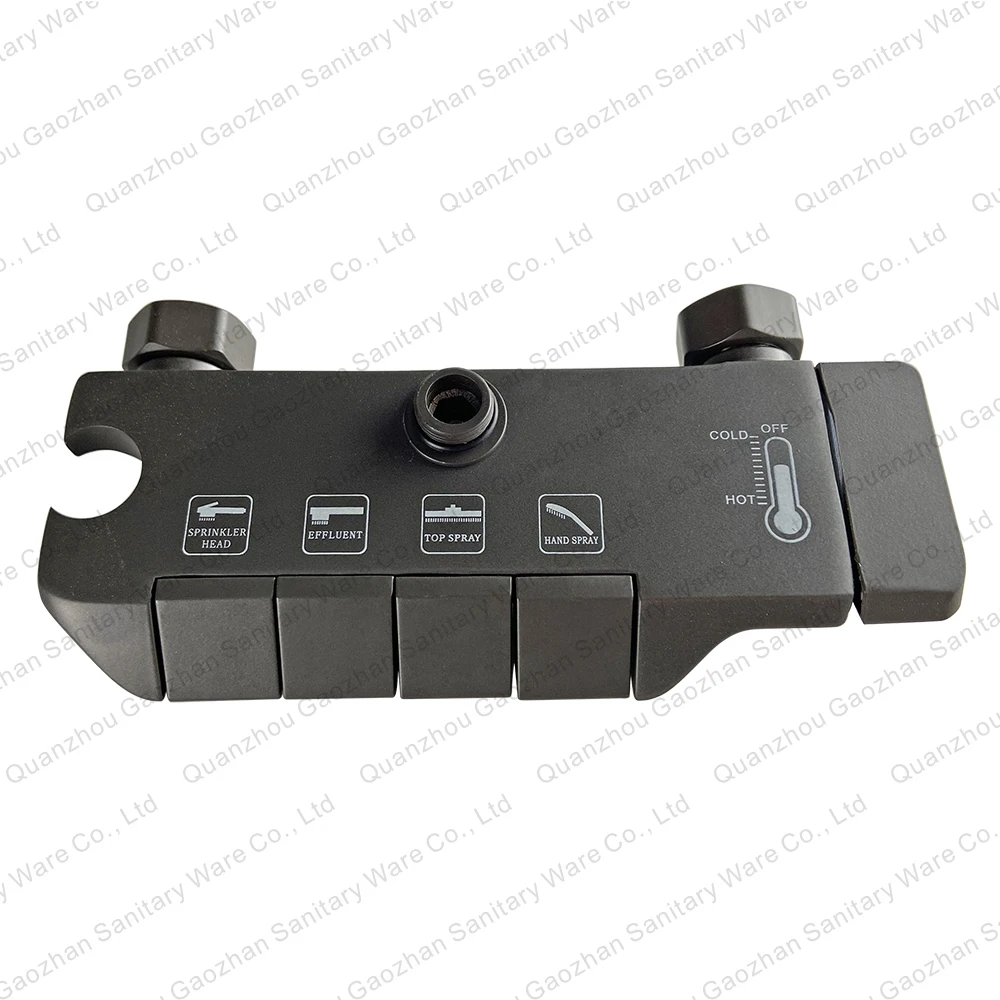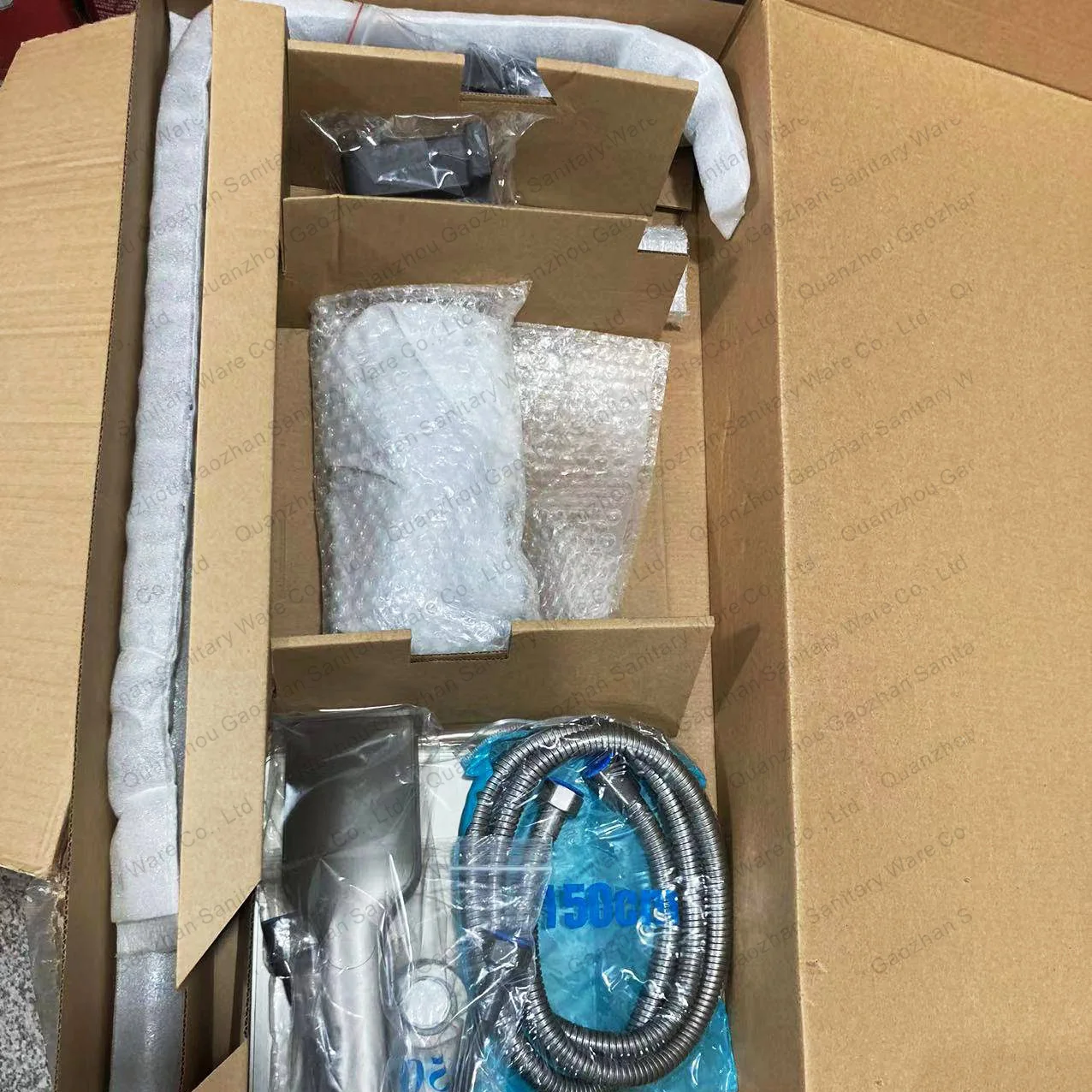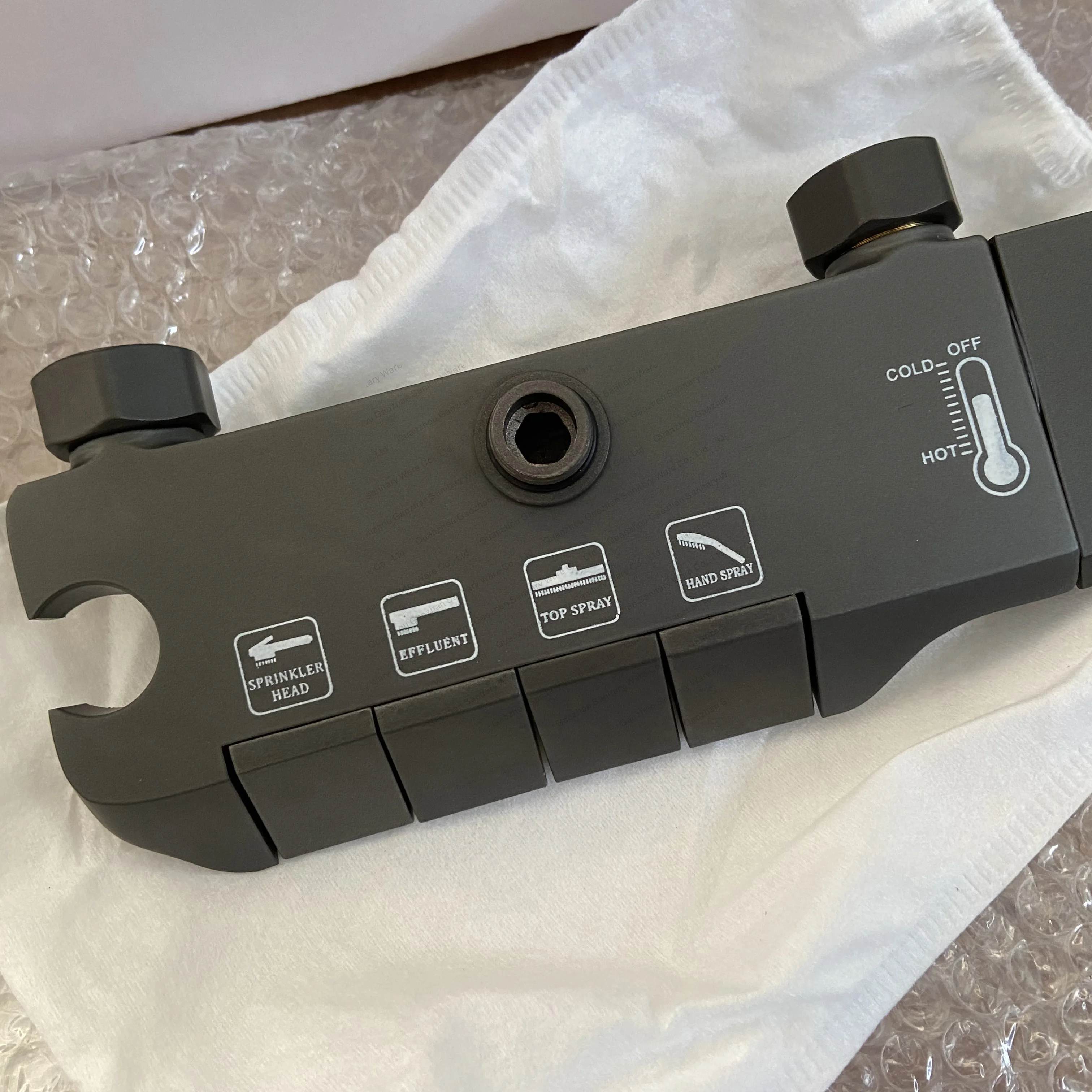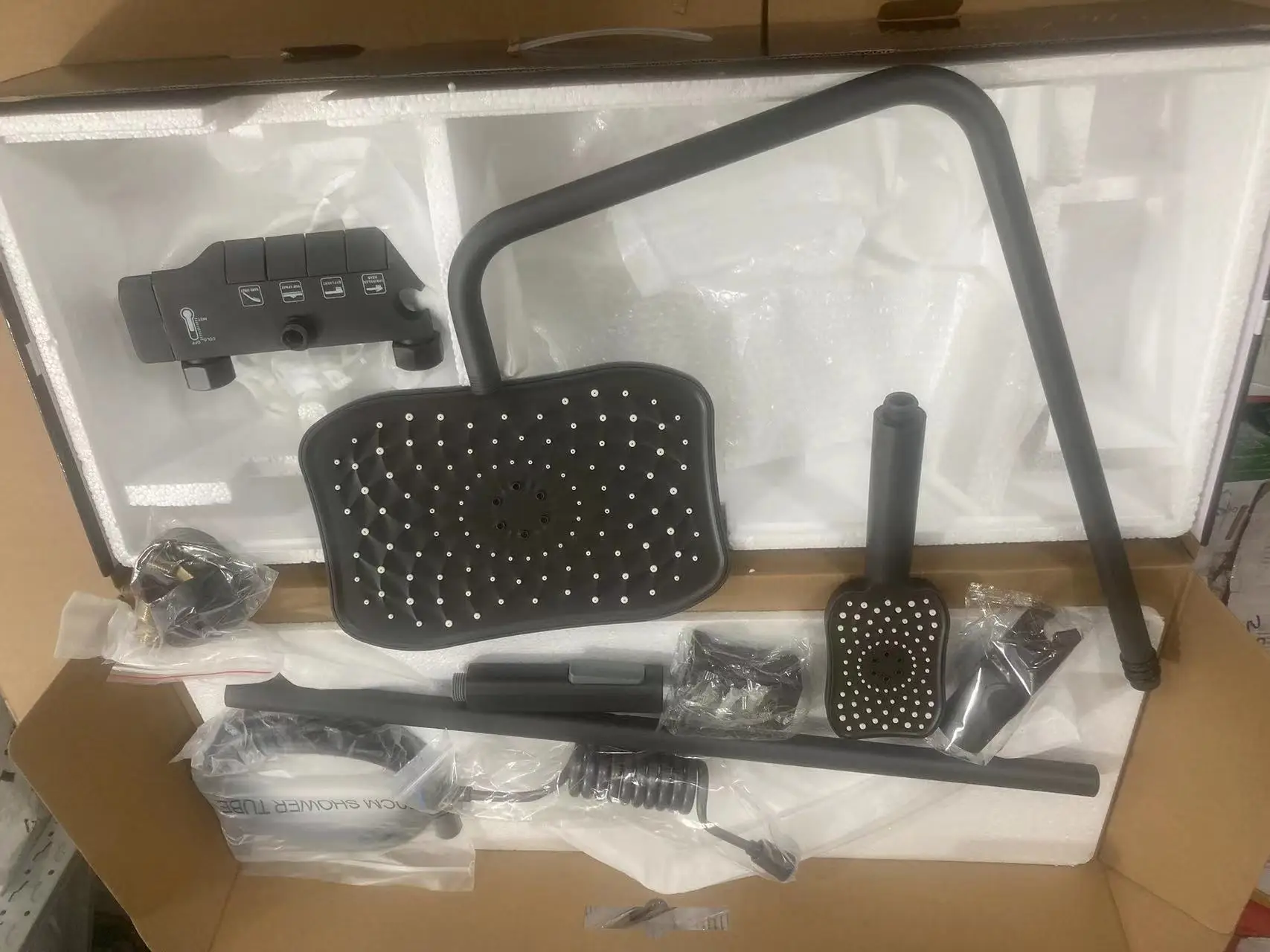Набор для душа с 4
- Категория: Faucets, Mixers & Taps >>>
- Поставщик: Nan'an,Gaozhan,Sanitary,Ware,FactoryNan'an,Factory
Поделиться:
Описание и отзывы
Трекер стоимости
| Месяц | Минимальная цена | Макс. стоимость |
|---|---|---|
| Aug-16-2025 | 3115.31 $* | 3177.7 $* |
| Jul-16-2025 | 2527.67 $* | 2578.52 $* |
| Jun-16-2025 | 3066.38 $* | 3127.71 $* |
| May-16-2025 | 3042.62 $* | 3103.66 $* |
| Apr-16-2025 | 2428.40 $* | 2477.41 $* |
| Mar-16-2025 | 2993.41 $* | 3053.52 $* |
| Feb-16-2025 | 2968.77 $* | 3027.1 $* |
| Jan-16-2025 | 2944.87 $* | 3003.22 $* |
Характеристики

1. We have more than 12 years of professional faucet manufacturing experience.
2. Our factory specializes in producing all kinds of copper, zinc alloy, stainless steel dish basin faucet, basin faucet, flush valve, floor drain, shower shower shower, quick opening faucet and angle valve, single double head hose series.
3. High standard quality, sincere service, to provide you with a real source of first-hand goods!
2. Our factory specializes in producing all kinds of copper, zinc alloy, stainless steel dish basin faucet, basin faucet, flush valve, floor drain, shower shower shower, quick opening faucet and angle valve, single double head hose series.
3. High standard quality, sincere service, to provide you with a real source of first-hand goods!


Popular shower set
The four major function buttons switch to clear water at a glance
Press the button to switch to the corresponding mode to easily water out, which is convenient and fast, enriching your cleaning mode and meeting daily water needs.
High end downstream water outlet; Boosting spray gun water outlet; Boosting top spray water; Boosted handheld showerhead water outlet.
Air injection technology, the water is delicate and soft, and the water droplets are full without irritating the skin.
Enjoy the shower and SPA to wash away fatigue.
Press the button to switch to the corresponding mode to easily water out, which is convenient and fast, enriching your cleaning mode and meeting daily water needs.
High end downstream water outlet; Boosting spray gun water outlet; Boosting top spray water; Boosted handheld showerhead water outlet.
Air injection technology, the water is delicate and soft, and the water droplets are full without irritating the skin.
Enjoy the shower and SPA to wash away fatigue.












Chinese Faucet Manufacturers, Shower Set Installation And Modes Display, Gray/Black/Chrome/Gold Shower Price.
How does a shower head system work?
A shower head system works by using water pressure to dispense water through various spray patterns. The water pressure from the home's water supply is connected to the shower head, which is mounted on a showerhead mount in the shower stall. The water pressure causes the water to flow through the shower head and out through the different spray patterns, such as streams, rainfall, massage, or jet spray.
The diverter valve is used to switch between different water sources, such as a tub faucet and a showerhead. When the diverter valve is set to the showerhead, water flows through the showerhead and out through the desired spray pattern. The water supply lines carry the water from the main supply to the showerhead and other shower components.
The tub faucet is used to regulate the flow of water into the tub. The faucet can be turned on or off, or adjusted to control the water flow rate. The drain is used to remove the water from the tub after the shower. When the drain is opened, the water flows out of the tub and into the drain pipe, where it is carried away.
The walls and floor of the shower stall are typically made of moisture-resistant materials, such as tile or marble. The walls
should be easy to clean and maintain, while the floor should be slip-resistant for safety. Lighting and a heater may also be
included in some shower systems to provide adequate light for visibility and to maintain the temperature of the water.
Overall, a shower head system works by using water pressure and various components to provide different spray patterns, control water flow, and drain water away after the shower.
The diverter valve is used to switch between different water sources, such as a tub faucet and a showerhead. When the diverter valve is set to the showerhead, water flows through the showerhead and out through the desired spray pattern. The water supply lines carry the water from the main supply to the showerhead and other shower components.
The tub faucet is used to regulate the flow of water into the tub. The faucet can be turned on or off, or adjusted to control the water flow rate. The drain is used to remove the water from the tub after the shower. When the drain is opened, the water flows out of the tub and into the drain pipe, where it is carried away.
The walls and floor of the shower stall are typically made of moisture-resistant materials, such as tile or marble. The walls
should be easy to clean and maintain, while the floor should be slip-resistant for safety. Lighting and a heater may also be
included in some shower systems to provide adequate light for visibility and to maintain the temperature of the water.
Overall, a shower head system works by using water pressure and various components to provide different spray patterns, control water flow, and drain water away after the shower.
Похожие товары
Интернет-магазин бассейна светодиодный свет ванной водопад кран
US $39.00-$55.00
Латунный Выдвижной Смеситель для кухни из нержавеющей стали
US $12.00-$20.00
